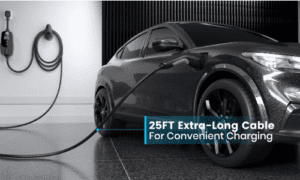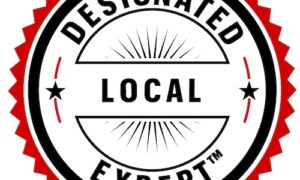Selecting a trade-show booth is more than just picking a spot—it signals your brand’s presence, objectives, and budget. By matching booth size to your marketing goals and event format, you can stand out effectively and make lasting impressions.
Understanding Booth Size Options
When navigating booth selections, you typically encounter these formats:
- Inline Booth (10×10 ft)
- Corner Booth (10×20 ft)
- Peninsula Booth (20×20 ft)
- Island Booth (20×20 ft or larger)
Each format comes with distinct layout and exposure opportunities. Let’s break them down.
Inline Booth (10×10 ft)
This is the most economical entry point, ideal for:
- New exhibitors or limited budgets
- Promotional displays or small product showcases
- Quick demos and face-to-face interactions
Maximize your 10×10:
- Use high-impact visuals on the back wall
- Keep the space uncluttered
- Opt for compact counters and stools
- Offer QR codes or brochures for deeper engagement
Corner Booth (10×20 ft)
With added exposure from two sides, this setup works well when:
- You want better visibility in traffic lanes
- You plan to host demos or guest interactions
- You need extra display area
Corner booth tips:
- Use modular shelving and lighting on both open fronts
- Position staff near corners for outreach
- Maintain clear walkways to avoid bottlenecks
Peninsula Booth (20×20 ft)
Open on three sides, a peninsula booth blends affordability with open accessibility. Use it if you:
- Want a semi-private meeting space
- Plan group demos or small presentations
- Aim to draw attendees deeper into your area
Set up for success:
- Include a meeting zone or presentation area
- Use flooring treatments to distinguish your space
- Ensure branding is visible from all three faces
Island Booth (20×20 ft or Larger)
The most customizable and prominent format, island booths work best when you:
- Want full creative control
- Aim for immersive experiences or large demos
- Expect high visitor volume
Island booth keys:
- Create multiple zones: demo, lounge, meeting
- Build tall or interactive structures for visibility
- Incorporate open yet guided flow paths
- Use branded furnishings for comfort and style
Aligning Size with Objectives
To pick the right trade show booth size, ask:
- What’s your marketing goal? Brand awareness, product demo, lead gathering, or relationship building?
- What’s your budget—and how does that divide across space, design, staff, and logistics?
- What experience do you want attendees to have—quick chat, deep dive, VIP treatment?
- How do you plan to measure success—leads, demos, meetings, or engagement metrics?
Smart Planning Tips
- Think traffic flow: At busy events, smaller booths may suffice. For quieter venues, larger formats can attract attention.
- Design for your message: A booth should clearly reflect your goals—whether it’s engagement, exclusivity, or education.
- Add experiential elements: Giveaways, interactive screens, and seating can boost dwell time and memory.
- Make setup easy: Prioritize lightweight, modular design to reduce costs and effort.
Beyond the Booth: Activation Strategy
Your booth is just the launchpad. To truly engage:
- Market your presence beforehand—invite attendees to meet you
- Train staff on your product message and conversational pacing
- Offer digital takeaways—QR scannable content, social media tags, or virtual freebies
- Follow up quickly with leads—timely contact shows you care
Final Takeaway
There is no one-size-fits-all booth. The most effective space aligns with your objectives, design quality, and interaction goals. By choosing smartly and planning ahead, your exhibit can engage your audience, reinforce your brand, and produce strong results.



































